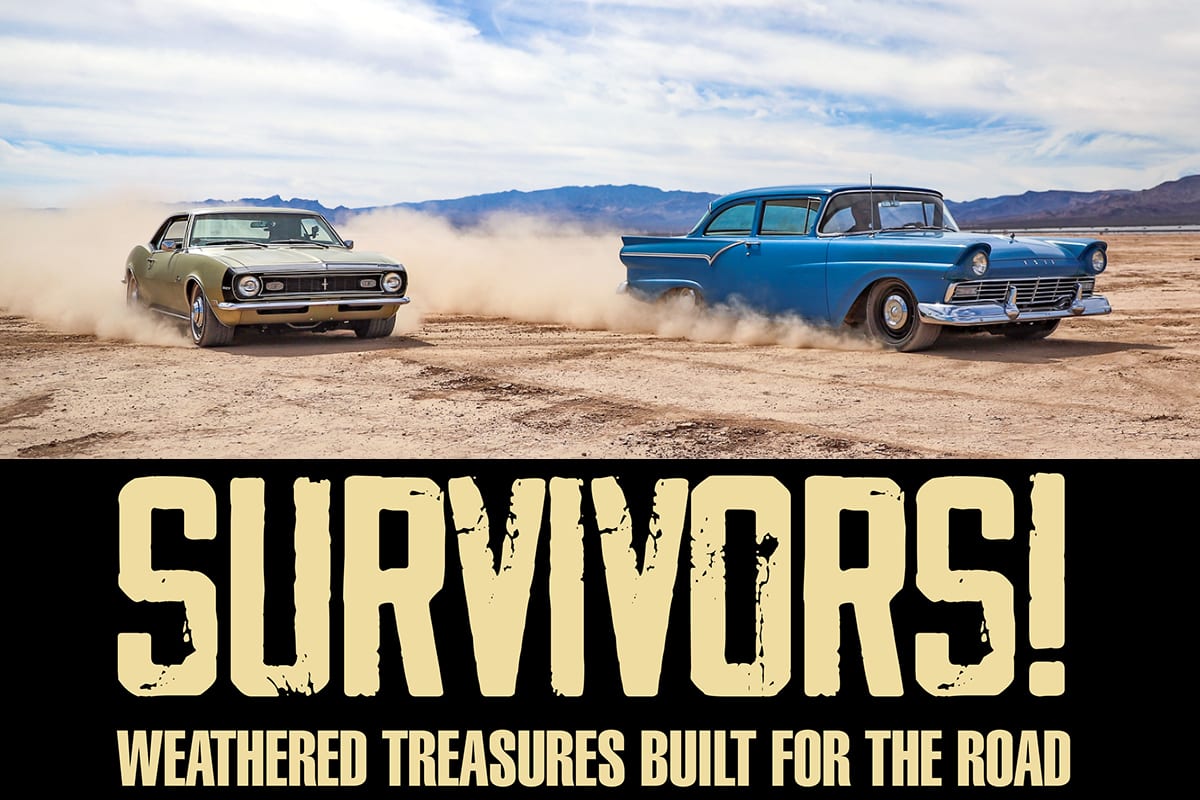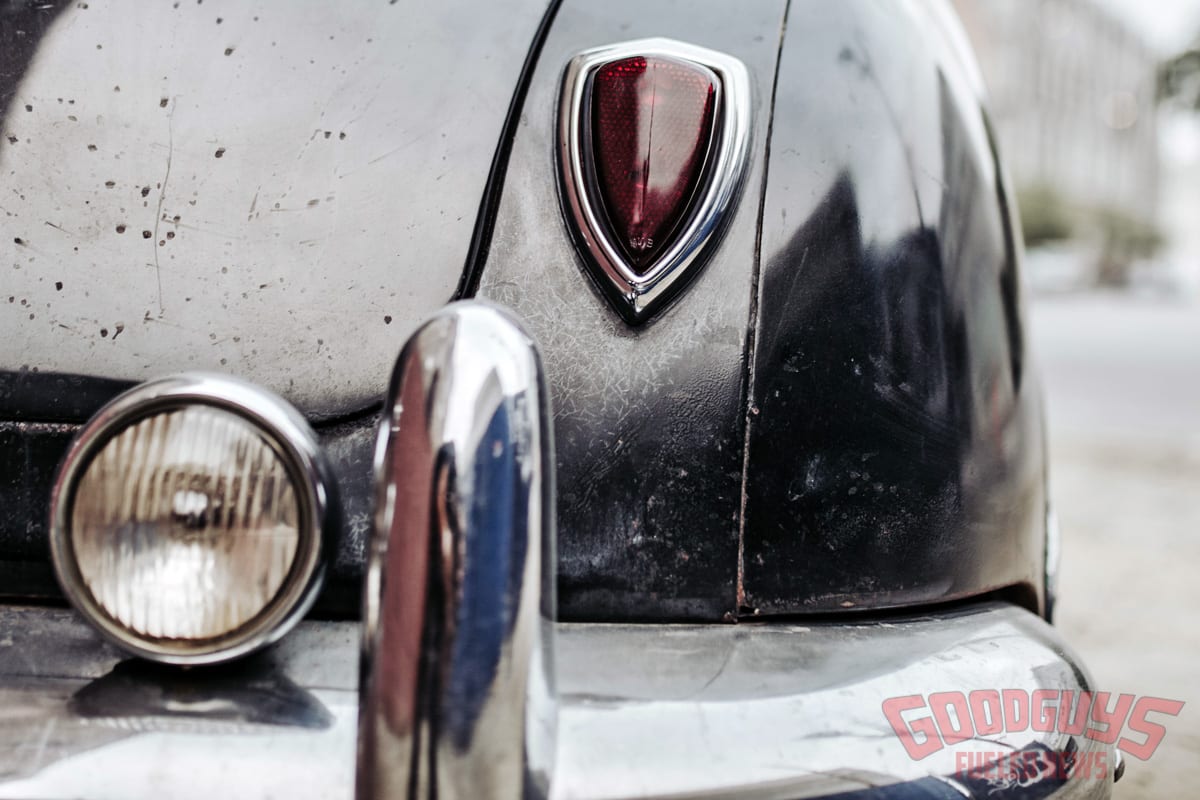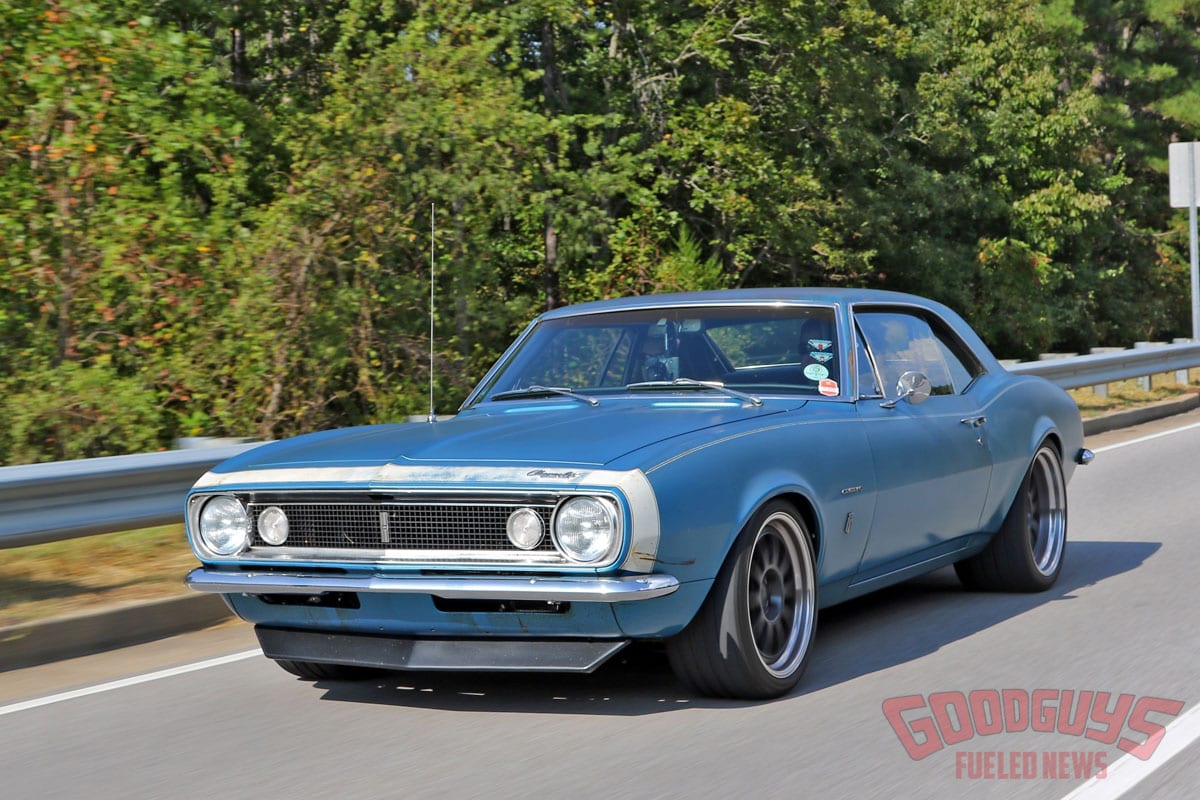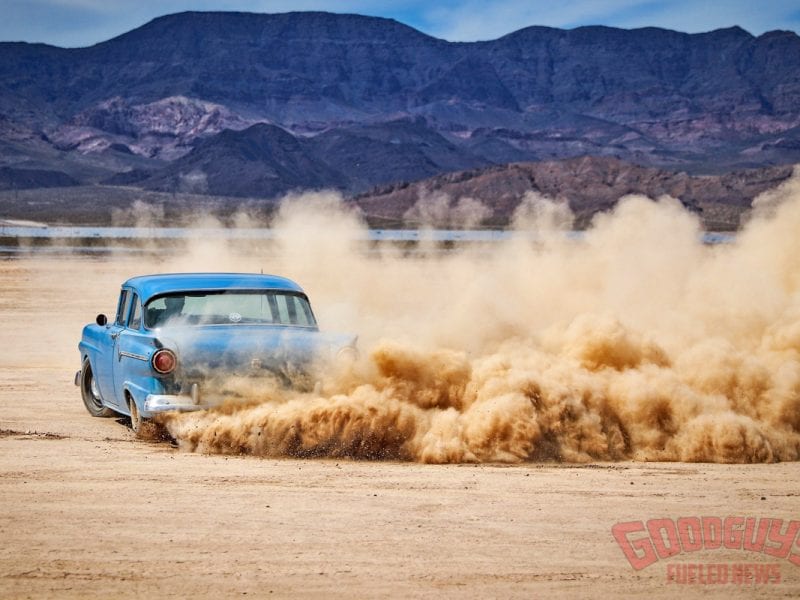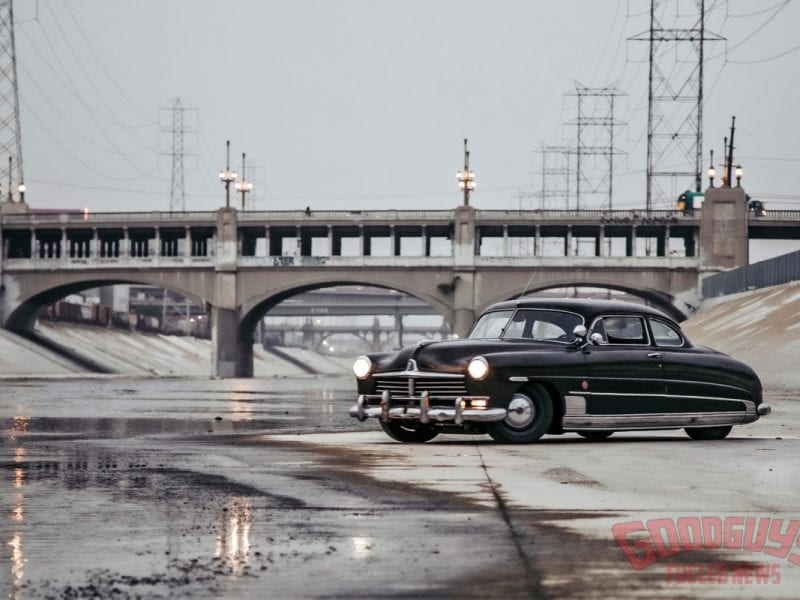Survivors! Weathered Treasures Built for the Road
In a rodding world where trailered, hand-crafted show queens demand a lot of attention and the lion’s share of awards, there’s a steadily growing interest in imperfection. Survivor-style hot rods and cruisers are on the rise. Rather than embarking on ground-up builds and chasing awards, enthusiasts are locating clean, original vehicles and older restorations and turning them into fun, reliable cruisers with mechanical upgrades ranging from utterly basic to thoroughly sophisticated.
The appeal of these less-than-perfect hot rods is not necessarily new, though the survivor nomenclature may be. Many rodders have gravitated toward this build style through the decades, sometimes referring to them as beaters or even rat rods – before that latter term was co-opted by deliberately rusty and grungy rides. Books have even been written about turning restored Model As into hot rods by transplanting them onto aftermarket chassis. The fascination with “barn finds” and other squirreled-away classics in recent years seems to have fueled the survivor trend. It’s natural to want to make these weathered treasures roadworthy and enjoyable again.
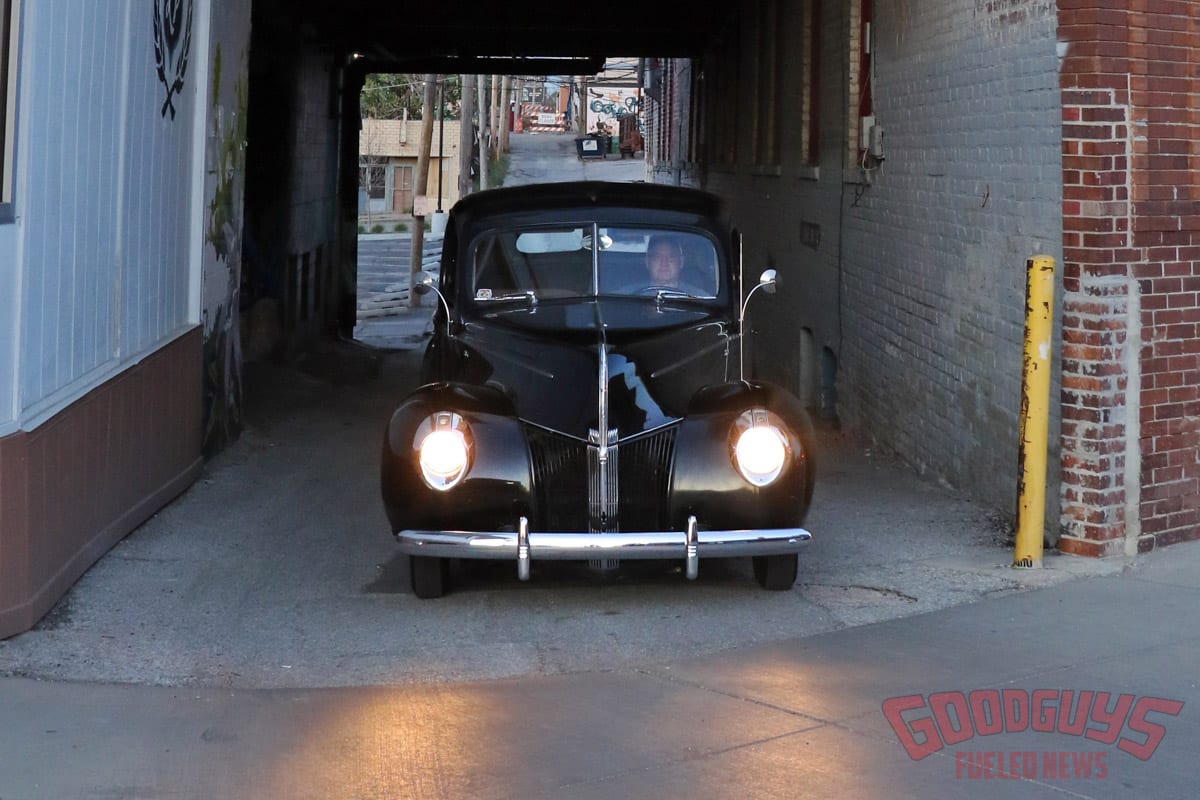
ORIGINAL APPEAL
Survivors aren’t necessarily patina rods. They don’t require broad patches of worn-through paint or surface rust – real or manufactured. In many cases they’ve got decent “20-foot” paint jobs that are presentable and shine up well. Some wear original paint, others older resprays. They likely have a few dings or flaws around the edges, and they tend to flaunt their vintage appeal by keeping the modern elements discreet and well-integrated.
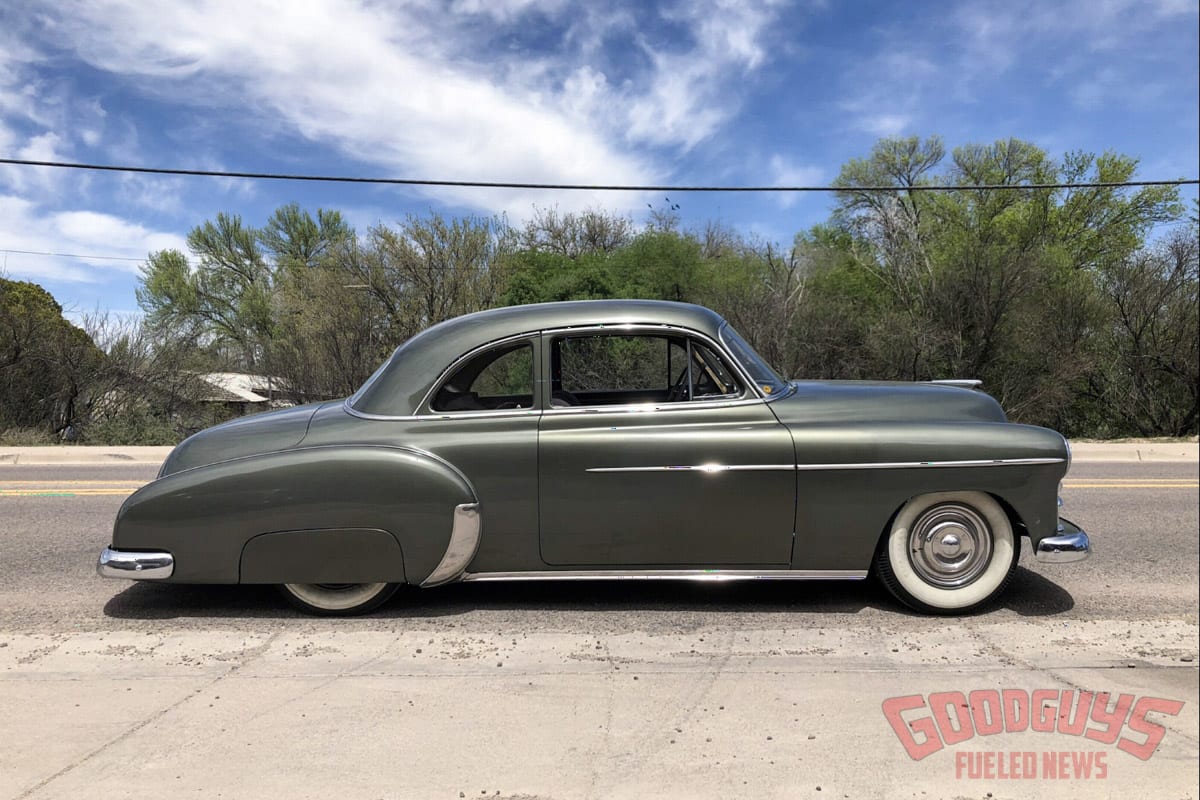
The popularity of survivor-style rods seems to have coincided with the appeal of survivors among restorers. There’s something special about seeking out those rare finds that have made it through decades with enough pampering and care to keep their original paint and other major components intact. They’ve become increasingly desirable as collectors have adopted the attitude that a car is “only original once.”
Restorers typically show and pamper their survivors as-is, but rodders know there’s always room for improvement. That can run the gamut from simple upgrades like disc brakes, sway bars, or add-on fuel injection, to complete chassis and drivetrain changes. The biggest difference between these builds and most ground-up projects is that they shave a lot of time (and money) off the process since you’re not completely redoing everything. In some cases, owners even make changes as they go, performing small weekend updates while still regularly driving and enjoying the car.
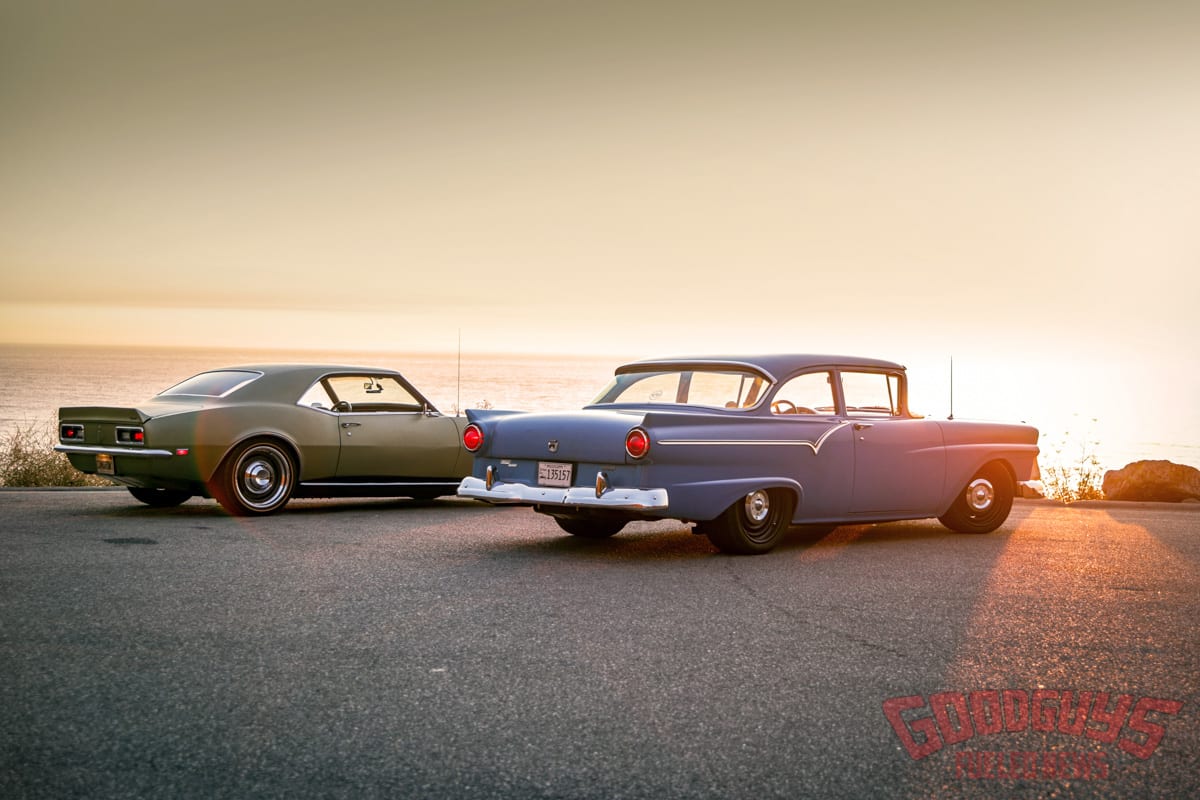
There are many paths available for building a survivor. Our Roadster Shop-built cover cars got complete professional makeovers that included new chassis, late-model drivetrains, and a wide range of minor updates to provide comfort and convenience while still maintaining vintage character. The look is easily duplicated with simpler means, though – bolt-on brake and suspension upgrades, fuel injection, overdrive, and other enhancements easily accomplished by do-it-yourself rodders.
PROFESSIONAL APPROACH
Some of the top shops in hot rodding are capitalizing on the survivor trend. Roadster Shop is one of the brands leading the charge and has turned out a slew of builds in its Survivor Series line. Roadster Shop’s Jeremy Gerber says the demand ramped up relatively slowly but has hit its stride in the past couple years. He estimates that 75-percent of the cars in RS’s build shop now fall under the Survivor Series style.
“This really is a return to form and function,” Jeremy says, noting that the trend could be a response to high-end pro-touring builds that have gravitated more toward style over substance. Survivors put an emphasis on driving and using these cars. “You can drive it 2,000 miles and enjoy it every single mile,” he says.
Roadster Shop’s Josh Henning says events like the Goodguys Hall of Fame Road Tour have helped inspire many Survivor Series builds. “Without the road tours, I don’t think this would have snowballed the way it has,” Josh says. “It’s making these cars fun again.”
Jeremy Gerber says the Roadster Shop team is energized by the challenge of integrating new technology and making it look like it belongs. “We find that there’s a lot of creativity and you can make a real statement,” he says. “I think it makes for a really neat, vintage theme.”
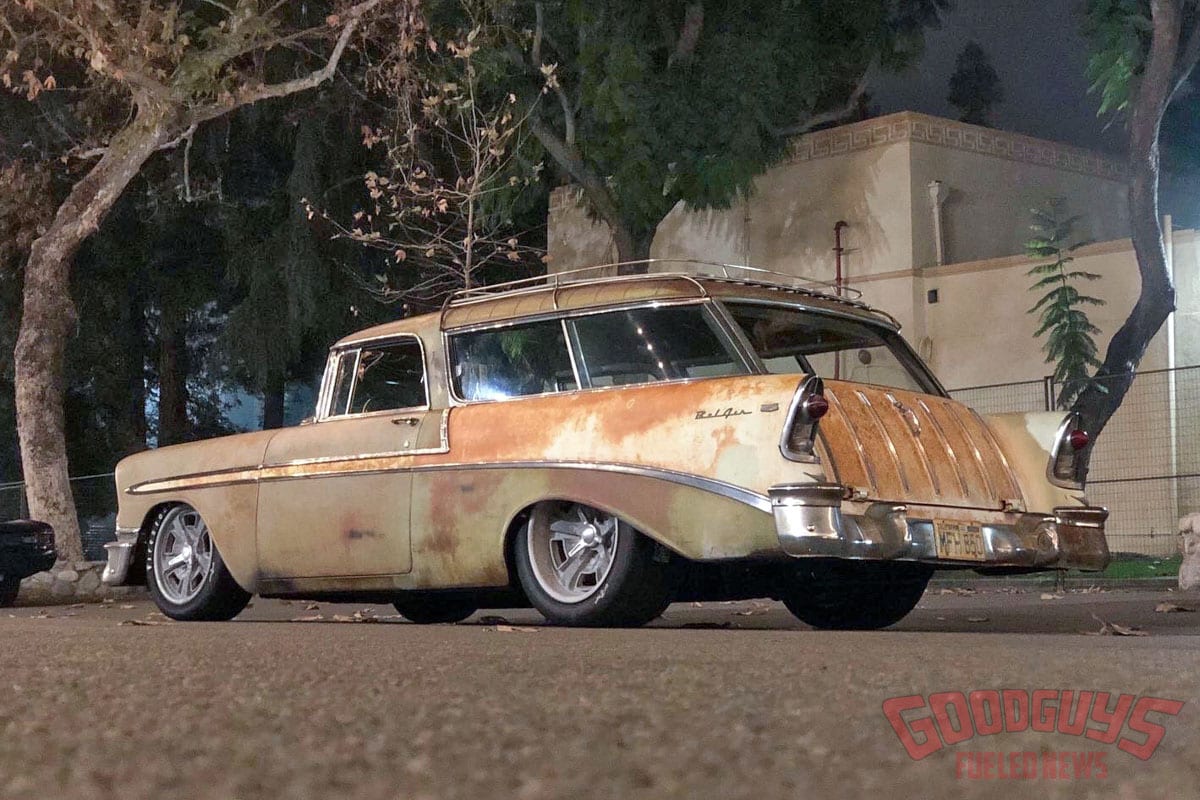
Jeremy’s brother Phil echoed that sentiment. “What’s so exciting for us is that it’s not just a cookie-cutter pro-touring package,” Phil says. “It’s fun, exciting, and different.”
Longtime rodding patron George Poteet is a repeat customer for Roadster Shop Survivor Series builds. “I’m pretty much into driving and riding in cars right now,” Poteet says. “I’ve won enough trophies in my life.”
Poteet is a regular on the Goodguys Hall of Fame Road Tour and credits that annual trip with inspiring several builds. “I like having a new car every year on your Road Tour,” Poteet says. The quicker build time of Survivor Series projects allows him that variety. In fact, he often brings an entourage of several cars.
The shorter timeframe and lower cost comes from eliminating custom metal work and the costly and time-consuming paint process. “It’s quicker, it’s cheaper, and they perform better than a show car,” Poteet says of his Survivor Series cars. “I want a vehicle I can get in and drive like an everyday car. I don’t want to spend the rest of my life cleaning on a car.”
ICON, the trendsetting Southern California boutique builder, is another shop that has embraced survivor style with its Derelict models. They’ve built a number of ’40s and ’50s classics in this style, including an all-electric Merc that made waves at the SEMA Show a couple years ago. The company uses all-new Art Morrison chassis with modern drivetrains to deliver trouble-free performance and handling and strives to find distressed interior materials and other collateral pieces to match the character of the car’s exterior.

“Under the radar, epic and distinct,” is the way the company describes Derelict builds. “We leave the romantic and irreplaceable wabi-sabi finish on the exterior that only decades can create with honesty. We tailor the mechanical experience to our clients’ personality and use. We restore and enhance the interior space.”
KEEP IT CASUAL
While pro-built survivors can quickly become pricy, the appeal for many do-it-yourselfers is a shorter and less-expensive build process that bypasses the paint and upholstery stages – or at least portions of them. Sure, there’s a trade-off. Finding that survivor or older restoration as a starting point is going to cost more than a basket-case project, but you’ll often be money and time ahead in the long run.
Beyond budget and build time benefits, there’s also a functional appeal to the less-than-perfect cosmetics of a survivor. “At the end of the day, it’s all about the drivability,” says Roadster Shop’s Josh Henning.
The existing wear and imperfection of survivors give owners more latitude in how they use these cars. There’s less worry about parking-lot dings, rock chips, and other hazards, which encourages more road time and cruising fun. “Each rock chip, scuff and scrape tells a story,” is the way Roadster Shop’s literature describes it.
Aaron Stein, whose ’50 Chevy custom is showcased in this section, echoes that sentiment. “This car has rock chips from 50 years ago,” he says. “I knew if it was painted too nice, I’d hold back from really driving it.”
That doesn’t mean he neglects or abuses the car. “Don’t get me wrong,” he says, “after a year’s worth of road trips, I put the car on the rack and washed and detailed the underside. Gotta keep it on point!”
On point, indeed. Aaron’s Chevy and the other survivor examples we’ve rounded up for this section are just that. They represent the style, fun, and attitude you can find when you embrace a little imperfection and build a survivor.
Tune in to Fuel Curve daily over the next week as we’ll go in-Depth on a different Survivor-Style build and feature 8 unique rides that are sure to grab your attention!
- Saturday 6/6 – Roadster Shop 1968 Camaro
- Sunday 6/7 – Tom Holland 1940 Ford Tudor
- Monday 6/8 – Mark Stielow 1978 Chevy K5 Blazer
- Tuesday 6/9 – Brian Stone 1956 Chevy Nomad
- Wednesday 6/10 – ICON 1949 Hudson
- Thursday 6/11 – Aaron Stein 1950 Chevy & Gordon Rojewski 1967 Camaro
- Friday 6/12 – George Poteet 1957 Ford

